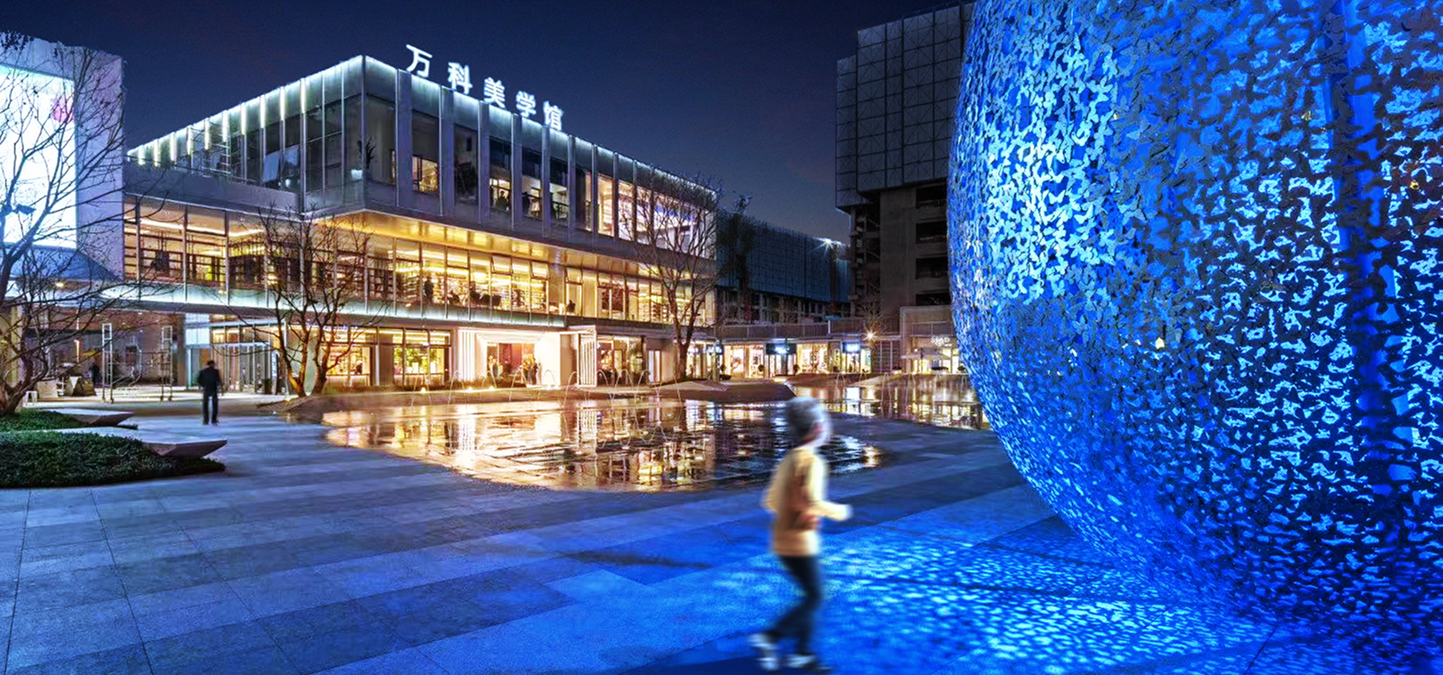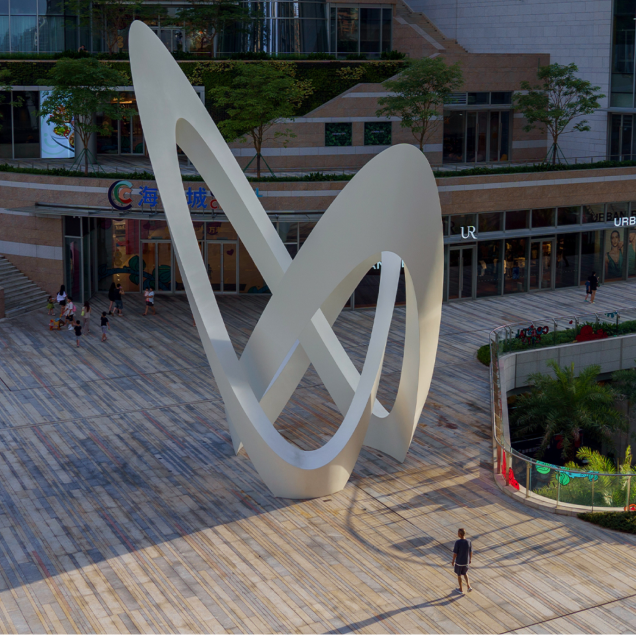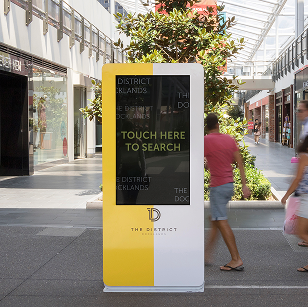Why Integration is the Future of Development

Most developments bring in the right players signage experts, lighting designers, public art consultants and wayfinding strategists. But here’s the problem: they rarely work as one team.
What happens then?
Misalignment. Duplicated effort. Missed opportunities to create something extraordinary. Silos don’t just slow things down they dilute the value you’ve worked so hard to build.


At 8th Wonder, we change that. We bring every layer of a development together, early, strategically, and intentionally.
When every discipline works together from the outset, the results are amplified rather than competing. Public art complements architecture. Signage flows naturally into wayfinding. Lighting enhances both the form and function of these elements.
We call this a Connected Experience - a holistic strategy that blends the functional with the poetic, and creates places that people enjoy.
Design decisions made in isolation create avoidable friction: last-minute clashes, inefficient handovers and inconsistent messaging. But when strategy is integrated, everything works.
Why does this matter for developers?
Because the world is moving faster. Expectations are higher. Stakeholders are more diverse. And the most successful developments globally aren’t just well-designed, they’re connected.

- Clearer brand identity across physical touchpoints
- Stronger end-user experiences - both emotional and functional
- Lower operational overhead—and a better commercial return
- Faster decision-making and approvals
- Reduced rework, delays, and design conflict
At 8th Wonder, we’re not just a collective of experts - we’re a strategic partner across: Public Art, Signage, Wayfinding, Architectural Features, and Lighting/Digital.
We’ve built processes that make integration real and repeatable across planning, design, documentation, and delivery.
Wonder isn’t just an aesthetic idea. It’s the moment a place feels alive, connected, and effortless to move through.
That outcome doesn’t happen by accident it happens when every detail aligns, and when disciplines work as one.



















